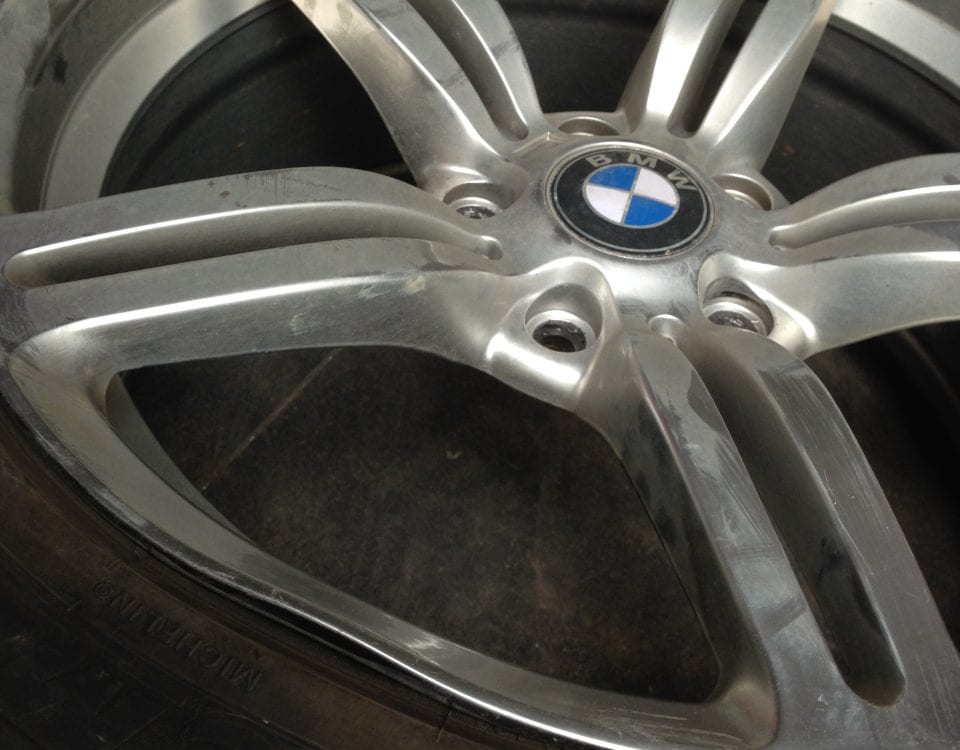
All tires are the same right?
October 22, 2018
How Long Do Tires Last If Not Used?
April 16, 2019Here’s a no brainer: hitting a pothole can damage your vehicle. Big time. The thing is, pothole damage is an every day road hazard and a tricky one at that, since potholes’ presence may not be obvious. That is, until the deed is done.
If your vehicle hits a deep, dreaded divot in the road, steering system misalignment to a full-on tire puncture or bent rims may follow. Cue the “gulp.” But whether the damage is obvious or not, the problem needs reversing. And sooner, not later.
When your vehicle experiences the sudden jolt from a pothole run-in, timely inspection is required. Otherwise, you could be up the creek with costlier damage and stress to other, budget-breaking vehicle parts and systems.
Pothole damage. The dreaded reality.
Say you hit a pothole straight on. Or maybe you nicked one, just barely. Either way, your vehicle likely sustained some damage. But just how much depends on the pothole’s depth and your speed on impact. Sound like a bummer? It is. Especially since only some vehicle damage—like a flat tire—is apparent.
Other kinds, such as minor misalignment or damaged steering or suspension, aren’t always as clear.
Yet, these problems can have long-term, lousy effects. Think premature, uneven tire wear. Even costly, too-soon tire replacement.
There are some signs. When pothole damage occurs.
Tires: If your wheels ram into a pothole, your tire’s sidewall can bulge.
Sound like bad news? It is, and it needs a fast fix. Why? The structural integrity of the tire has been damaged.
Rims: Unless your car is equipped with older steel rims, they’re likely aluminum-based. That means they’re susceptible to dents. And if the pothole damage comes from a deep depression, hit at high speed? Bent rims may also be on the agenda. That’s where professional technicians at enTIREly Mobile. Correcting the havoc? That’s what we do, and, for steel wheels, it can often be done on-site, at the curbside or in your driveway.
Avoiding pothole damage. Your vehicle’s best bet.
Want to avoid pothole problems entirely? Who doesn’t? The easy answer is to bypass them, period. Unfortunately, unexpected encounters with potholes are commonplace. Worse yet, some potholes aren’t very visible, and others appear out of nowhere. Here are some tips to help avoid pothole damage. After all, it’s wise.
A good starting point? To maintain your manufacturer’s recommended tire air pressure since properly inflated tires provide the best buffer between broken, dipping pavement and your ride’s wheel rims. And avoid over or under-inflating your tires? Neither is good: too-firm tires are as bad as too-soft ones when it comes to preventing pothole damage.
Prevention is the best medicine. That’s why leaving enough space between you and the vehicle in front of you is key. That way, you’re more likely to spot potholes before they wreak havoc on your ride. Whenever it’s possible to safely avoid broken pavement, do.
During damp, inclement weather, it’s tough to judge the depth and size of a pothole—or see it at all. When driving during crummy weather, proceed at a reduced speed. That extra caution may help you identify driving hazards, such as potholes, before they can cause damage your vehicle.


